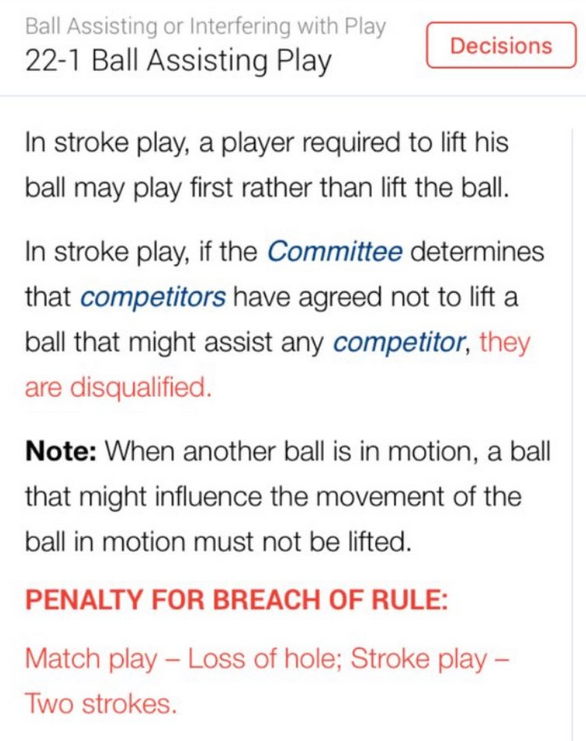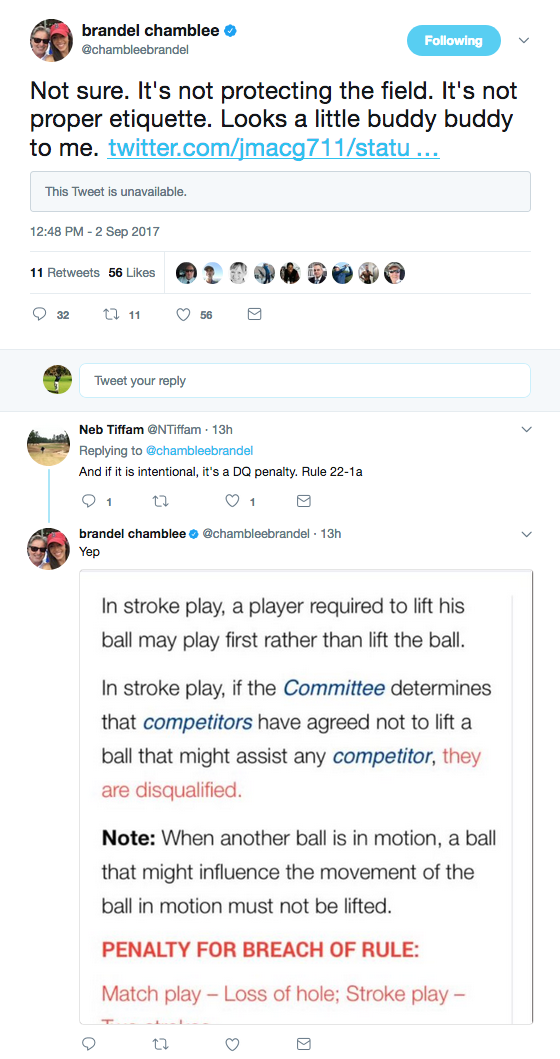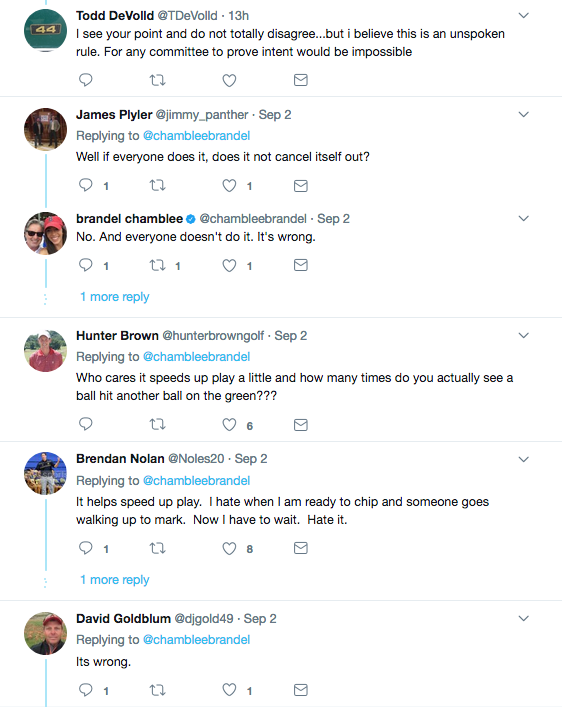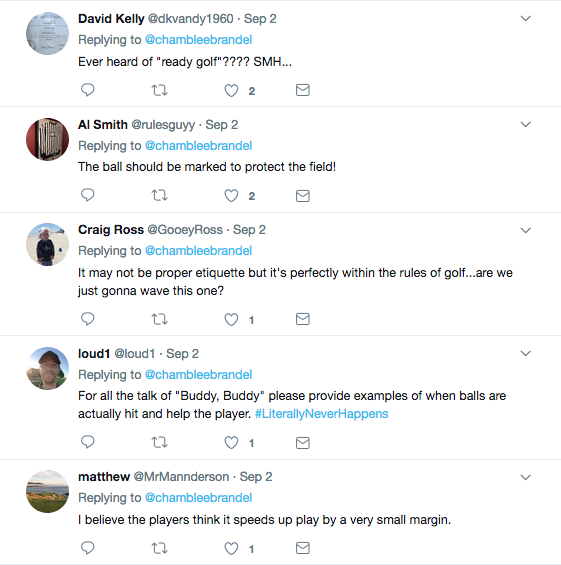The 2017 Northern Trust had the best 36-hole leaderboard of the PGA Tour season, an immaculately groomed venue on Long Island and the perk of opening the FedExCup playoffs in a market where major events will be common place through 2024.
 Dustin Johnson won in a playoff over Jordan Spieth, and while the August timing is tough when the weather screams "family-day-at-the-beach," the event fell flat for another reason: the "playoff" word.
Dustin Johnson won in a playoff over Jordan Spieth, and while the August timing is tough when the weather screams "family-day-at-the-beach," the event fell flat for another reason: the "playoff" word.
We connote playoffs with excitement in sports.
With do or die.
With drama.
With upsets.
With play well or go home.
None of those things happen in the FedExCup because the entire "playoff" is built around keeping season points leaders around until the end. From day one this lack of urgency has plagued the PGA Tour playoffs, especially since we are a sport once family with the ultimate playoff: the event still known as Q-School but bearing none of the importance it once held.
Instead of something where top players are able to build on their season-long success or lose it based on some poor early play, we have something in between--with two points resets--that has left us with a flat playoff concept.
FedEx has renewed through 2027, and Commissioner Jay Monahan is working hard to envision a better playoffs with (perhaps) only three events and (perhaps) more playing-off that introduces some drama.
As we discussed on Morning Drive Saturday, the most immediate need for the first playoff event is some sort of points penalty for a non-start or missed cut. The thinking goes like this: if someone doesn't want to be here or doesn't come to the playoffs ready to go, there must be some penalty in the quest for $10 million.
Hideki Matsuyama points leader who missed the Northern Trust cut? 500 points deducted.
Beyond this first stage event, however, there must be eliminations along the way and even once the event reached East Lake.
As the 2016 Rio golf proved, even with star defections there will be other stars and storylines that step in. There will be people in contention who want to be there and deserve to be there. Like any playoff, some will go home, maybe even stars. The sun will set in the west and most of all, the PGA Tour playoffs will be real playoffs.
Otherwise, if it's just too hard to cut the cord and penalize players for poor play, then maybe we need to lose the playoffs word?
 Crouse writes of Roth's parents trailing along in the gallery.
Crouse writes of Roth's parents trailing along in the gallery.




























